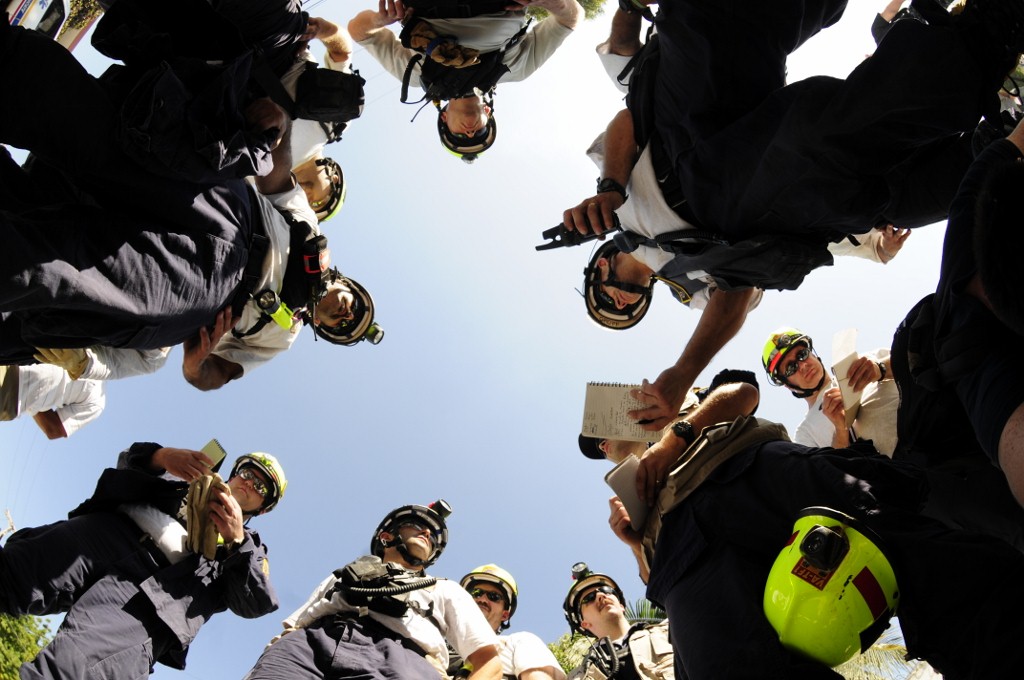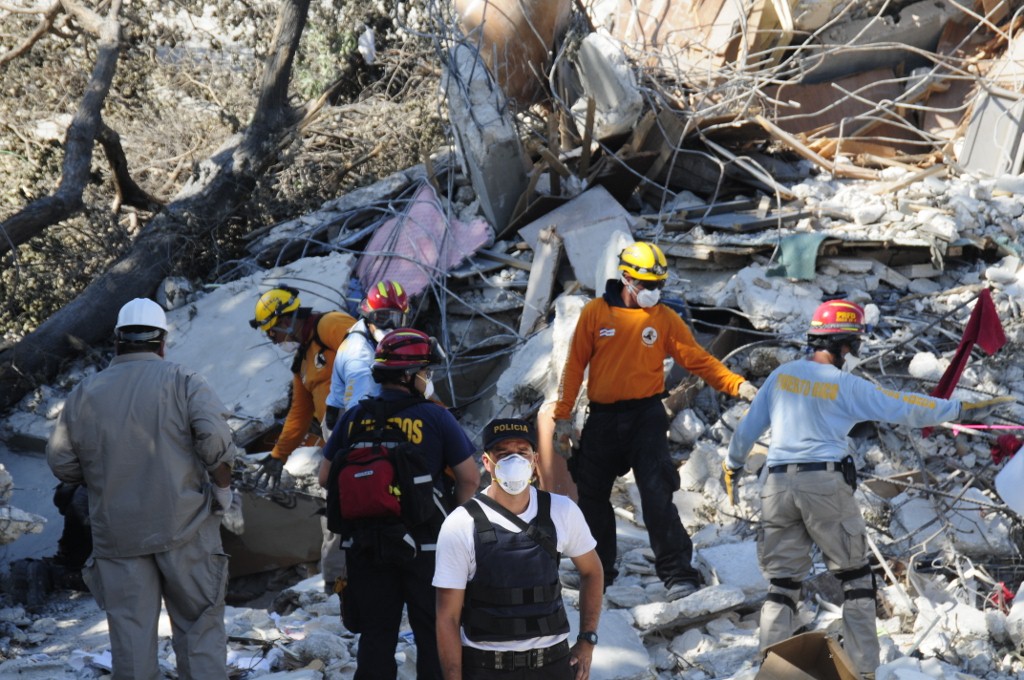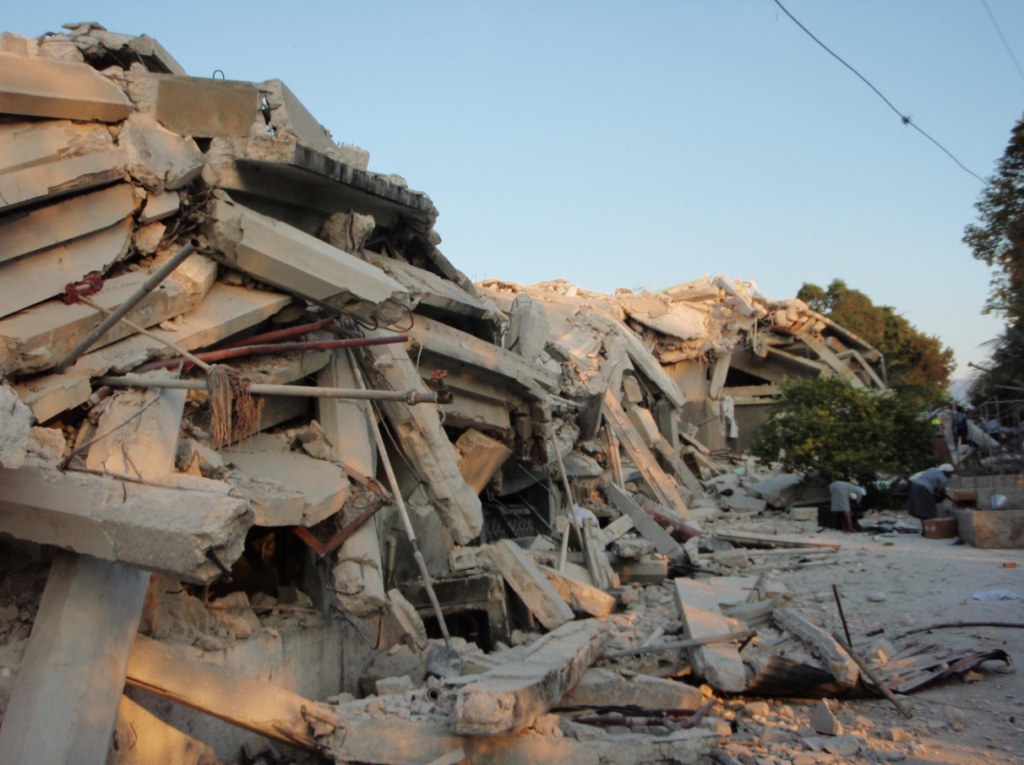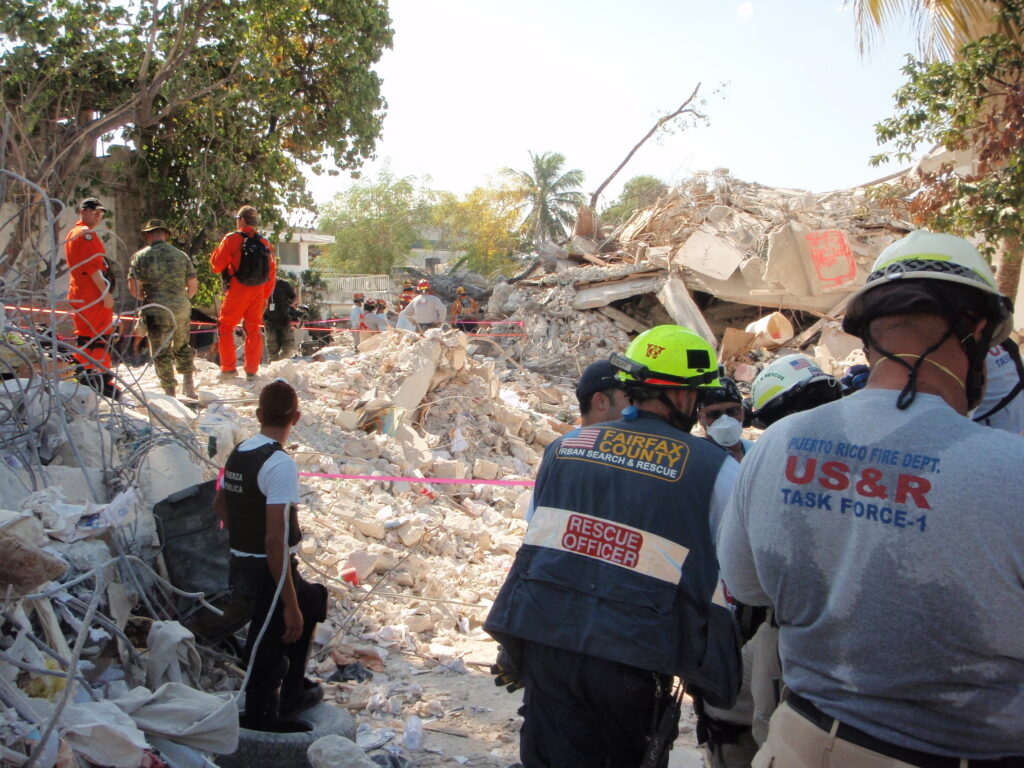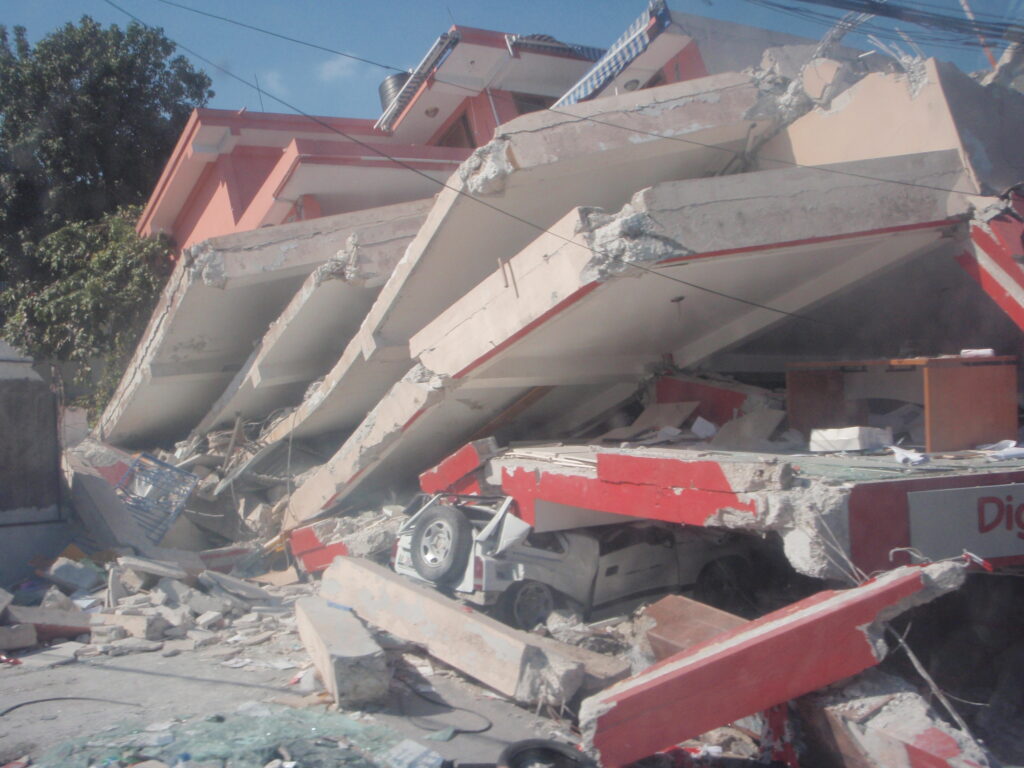What Disasters Teach Us About the Importance of Design Codes
Here in the United States, designing buildings to meet international, national, state, and local codes is simply part of the structural engineering process. It’s required by law and expected by customers. It isn’t until natural or manmade disasters strike that we truly gain an appreciation for building and design standards, why these codes are required, and how they protect us.
For Kirby Hartle, Top Level Engineering Founder and Principal, that “a-ha moment” came in 2010 during the magnitude 7.0 Haiti earthquake that struck January 12, 2010. This devastating disaster killed approximately 300,000 people and affected nearly 3 million, leaving roughly 50% of them homeless. At that time, Kirby was serving on the Urban Search and Rescue Virginia Task Force 1, or VA-TF1, which is sponsored by the Fairfax County Fire and Rescue Department.
The task force is comprised of specialists across a variety of fields, he explained. Always on call, the team members are ready and trained to respond to disaster with a moment’s notice.
As a Structures Specialist, Kirby’s specific job in Haiti was to assess unstable structures, crawl through them to ensure they were safe for the rest of the team, and shore up places that were deemed unsafe so that other team members could use equipment such as jackhammers to carve pathways for the team to safely enter and rescue survivors.
“It was a lot of pressure because so many lives were at risk,” he said. “Our priority was rescuing people and getting them out alive, not saving the building. We had to move quickly, yet we also had to be cautious not to trap people by causing a partial collapse of a building.”
Occasionally, aftershocks rumbled through, creating another level of concern.
“Based on intel and listening tools, we focused on hotspots where many people may be stranded alive,” he said.
For two weeks, Kirby worked with the task force to assess, reinforce, and search buildings ranging from multi-family residences and hotels to local schools and a university. The team broke into groups so they could work in shifts around the clock.
According to the U.S. government archives, “U.S. urban search and rescue teams from Fairfax County, Los Angeles County, Miami, Miami-Dade, Virginia Beach, and New York City were deployed and, with rescue teams from other countries, pulled a total of 136 survivors from the rubble.”
Upon returning to the United States, it took quite some time for Hartle to reacclimate after witnessing such tragedy. Looking back more than a decade later, two things stick out.
“Being part of a group of dedicated individuals who all have the same goal of helping someone in need is life-changing,” he said. “I also gained a huge appreciation for the structural codes we have here in the United States, and why what we do as structural engineers is so important.”
In our next blog, Hartle details the importance of structural codes and how they protect public safety.
